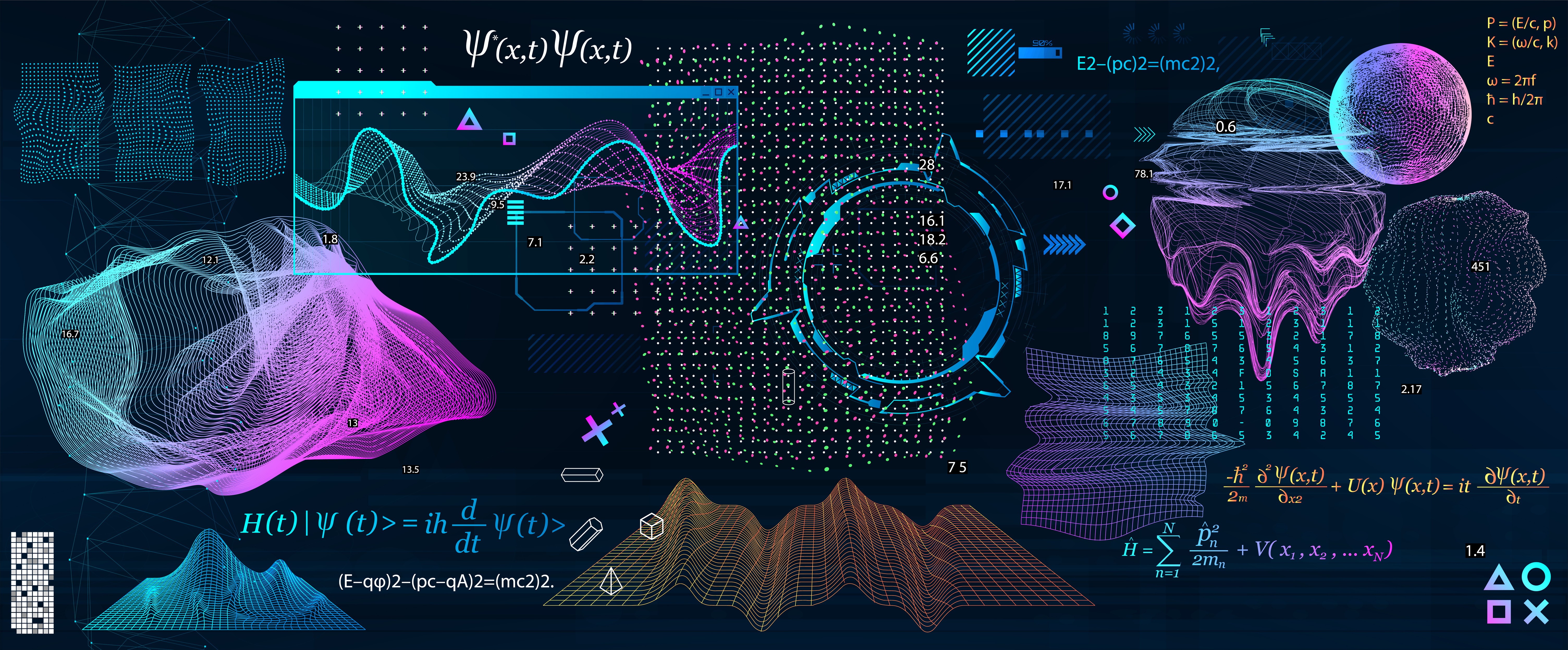SUMMARY
In discrete manufacturing sectors like automotive and appliances, thermal inconsistencies across batches or shifts lead to scrap, energy waste, and quality issues. This blog explores how Simularge’s AI-powered thermal digital twins tackle these challenges by combining real-time sensor data, FEM simulations, and ERP-based batch parameters. The result: operator-independent process stability, up to 50% scrap reduction, and significant energy savings—backed by real-world success stories and fast ROI.
INDUSTRY
Automotive Manufacturing, Home Appliance Manufacturing, White Goods Production, Plastic Injection Molding, Thermoforming, Refrigerator Door Production, Glass Tempering, Consumer Electronics Assembly, Bitumen Ovens
RESOURCES
In discrete manufacturing—particularly in automotive and appliance sectors—thermal processes are a constant source of variability. Even when the product and machine are the same, output quality can fluctuate from batch to batch or shift to shift. Why? Because temperature control is often based on operator experience, delayed feedback, or static settings that don’t adapt to real-time conditions.
This inconsistency results in avoidable scrap, excessive energy consumption, extended setup times, and persistent difficulties in meeting quality standards and sustainability goals. Thermal digital twins resolve these issues by introducing an intelligent, adaptive layer that continuously monitors process conditions, predicts thermal deviations, and autonomously optimizes control parameters—regardless of the operator, shift, or material batch in production.

Why Thermal Digital Twins?
Thermal digital twins combine real-time sensor data (e.g., thermocouples, flowmeters, IR cameras) with physics-based modeling (FEM) and artificial intelligence. While FEM provides detailed simulations of heat transfer, AI enhances the twin by learning from past production data, recognizing patterns, and instantly recommending optimal parameters. This hybrid approach enables faster decision-making, predictive tuning, and adaptation to batch-specific or operator-induced variability—without re-running complex simulations every time.
Simularge’s platform also integrates ERP-based batch data (e.g., material type, resin properties, thickness tolerance) to account for production variability across shifts, raw materials, and environmental conditions.

Adapting to Operator Variability
In real-world production, maintaining consistency across shifts and operators is a constant challenge. A process that works perfectly during one shift may underperform in the next due to differences in manual tuning, timing, or oversight.
With Simularge’s digital twin, operational stability becomes independent of operator experience. The system provides batch-specific, data-driven guidance based on live and historical data, ensuring consistent thermal conditions even when human expertise varies. This standardization is particularly valuable for factories with high staff rotation or decentralized operations.

Micro-Story
A top home appliance plant once scrapped 50% of a production batch due to uneven oven temperatures. After adopting a thermal digital twin, they recalibrated the process within minutes. The system detected zone-level deviations and recommended heater rebalancing, leading to a dramatic drop in waste and a boost in first-pass yield.
Applications in Large-Scale Manufacturing
Automotive Manufacturing Processes
Glass forming: Control furnace temperature zones to prevent optical distortion in windshields and side windows
Thermal curing in bitumen ovens: Monitor oven profiles to ensure uniform adhesion and material integrity
Paint curing: Optimize thermal cycles in continuous curing ovens to achieve consistent finish and color retention
Thermoforming of interior panels: Adjust heater zones to minimize material thinning and surface deformation
Heat treatment of engine parts: Simulate and stabilize thermal profiles for consistent hardness and structural strength
Battery module preconditioning: Manage thermal ramps during pre-assembly to ensure safety and performance in EV components
Appliance Manufacturing Processes
Thermoforming of refrigerator liners and doors: Balance heater arrays to maintain uniform wall thickness and reduce warpage
Plastic injection molding: Control mold temperature and cooling rates to achieve dimensional precision and surface quality
Hot-air sealing: Stabilize thermal sealing of drum enclosures and gasket interfaces in washing machine assembly
Glass tempering for appliance doors: Ensure accurate heat distribution and controlled cooling to prevent thermal stress and cracking
Foam-in-place insulation: Monitor mold wall temperatures for even foam expansion and complete cavity filling
Heating element embedding: Optimize bonding temperatures to ensure consistent heat transfer and adhesion in internal components
Instant Payoffs with Thermal Twins

🔋 20% Energy Reduction
Pinpoint insulation losses, zone overheating, or incorrect ramp-up profiles to cut fuel and electricity use.🚮 Up to 50% Scrap Cut
Maintain tight temperature control across molds and sheet heaters to eliminate surface defects and dimensional variation.📜 Regulatory Compliance
Ensure emissions thresholds are met under environmental regulations like the EU Ecodesign Directive or local carbon caps.
Platform Differentiators
Simularge’s platform stands out with:
Hybrid Physics + AI Engine: Combines FEM-based thermal modeling with AI trained on both simulations and real-world outcomes.
Integrated Data Layer: Merges sensor signals (PLC, IoT) with ERP material data for batch-aware predictions.
Operator-Independent Decision Support: AI delivers consistent, data-driven insights, even across varying operator behaviors.
Cross-Protocol Compatibility: Supports OPC UA, MQTT, Modbus, and more—ensuring seamless integration into industrial environments.
“What-If” Virtual Scenarios: Operators can evaluate hypothetical changes (e.g., different materials or setpoints) before applying them physically.
Case Study: Simularge Twin in Fridge-Liner Manufacturing
A refrigerator component manufacturer implemented Simularge’s thermal twin across their thermoforming line. Key results:
Scrap Rate: Dropped by 50%
Energy Use: Reduced by 10%
Payback Period: Under 6 months
Click here to learn more about this solution.
Related Reading
For a deeper dive into the fundamentals of thermal digital twins—including how FEM and AI work together—check out our introductory blog on temperature control in manufacturing.
External Insight
According to Deloitte’s Digital Twin perspective, adopting digital twin technology is a cornerstone for smart, sustainable factories and competitive differentiation.







